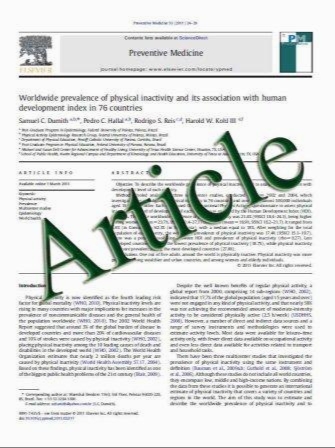Lower extremity ulcers in rheumatoid arthritis: features and response to immunosuppression
- نوع فایل : کتاب
- زبان : انگلیسی
- مؤلف : Victoria K. Shanmugam & David M. DeMaria & Christopher E. Attinger
- چاپ و سال / کشور: 2011
Description
Lower extremity ulcers are a recognized complication of rheumatoid arthritis (RA). Their prevalence has not been assessed since the advent of more aggressive disease modifying antirheumatic therapies. The purpose of this study was to establish the period prevalence of lower extremity ulcers in a modern-day unselected cohort of patients with RA, and to report the features associated with ulcer development and response to therapy. Between June 2007 and June 2010, 366 RA patients were evaluated at the Georgetown Division of Rheumatology. Data were collected and analyzed retrospectively on demographics, antibody and prothrombotic profile, comorbidities, disease activity, and outcomes. The period prevalence of ulcers in this cohort of 366 patients with RA followed over 3 years was 4.37%. Patients with ulcers were predominantly female (81.25%) and more commonly African American (56.2%). The mean disease duration at ulcer development was 25.9 years. All patients with ulcers had erosive disease and 63% were seropositive. Only five patients (31.25%) healed over a mean follow-up of 22.8 months. However, in this small sample, treatment with anti-tumor necrosis factor-ل (anti-TNFل) therapy was associated with significantly higher likelihood of healing (p=0.039). In this modern-day cohort of patients with RA, we found a prevalence of lower extremity ulcers of 4.37% over 3 years. Only 31.25% of patients healed after a mean 22.8 months of follow-up. However, treatment with a biologic agent was associated with a significant increased likelihood of healing (RR 3.27, 95% CI 0.59-18.29, p=0.039).
Clin Rheumatol (2011) 30:849–853 Received: 15 November 2010 / Revised: 12 January 2011 / Accepted: 1 February 2011 / Published online: 22 February 2011


